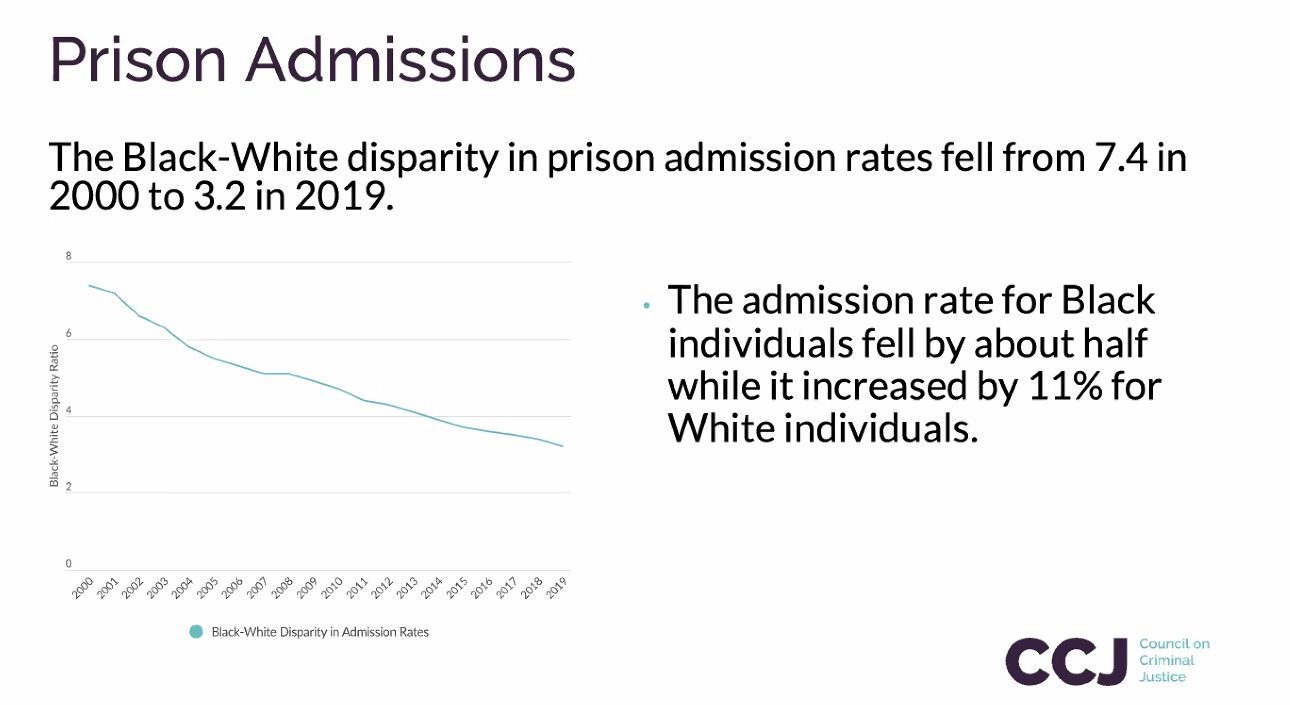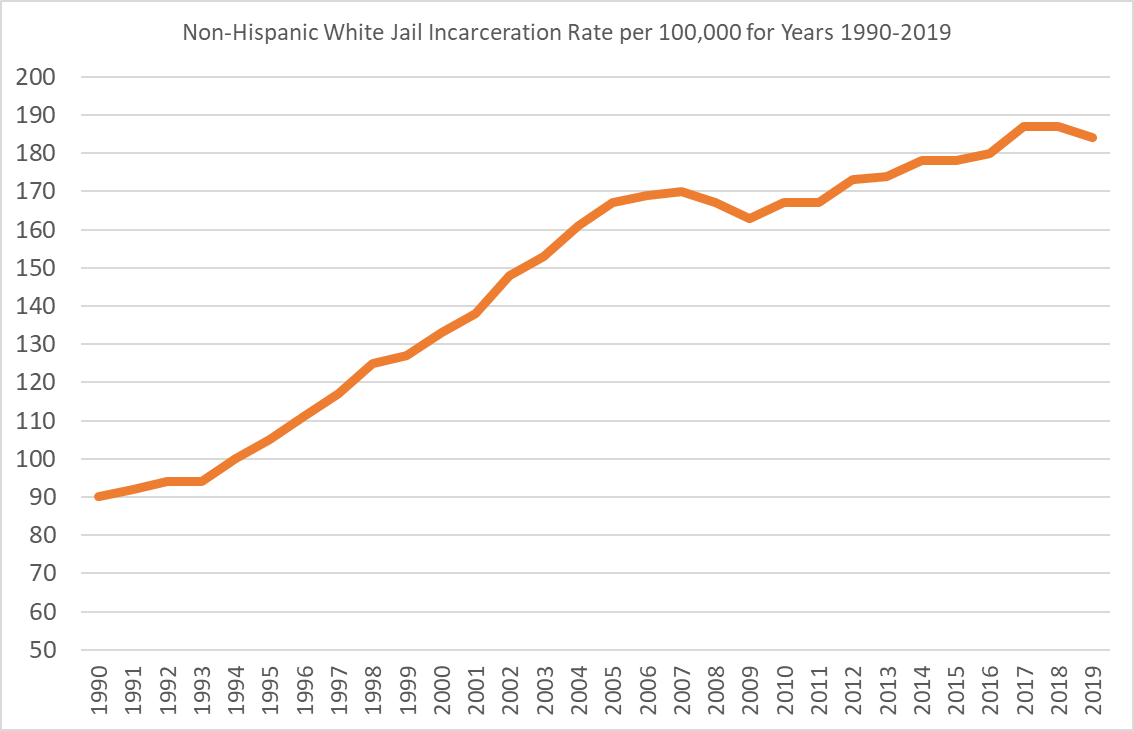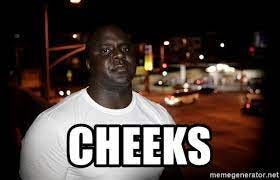While prison rape is a clear violation of the 8th Amendment, and is a blemish on America’s reputation as a beacon of human rights, the threat of rape or inhumane treatment in general, has been a commonly used tactic by politicians, law enforcement, the judicial system, and media. For instance former California Atty. General, Bill Lockyer, at a press conference about Enron Chair Kenneth Lay, stated that “I would love to personally escort Lay to an 8-by-10 cell that he could share with a tattooed dude who says, ‘Hi, my name is Spike, honey.” Another example is the Judge in the Larry Naser trial, telling Nassar that, “It is my honor and privilege to sentence you,” and observed, at one point: “Our Constitution does not allow for cruel and unusual punishment. If it did … I would allow some or many people to do to him what he did to others.” More recently the sister of a victim of the Parkland shooting told the perpetrator, Nicholas Cruz, “I hope your fellow inmates take real nice & cozy care of you.’ While these are all rather unsympathetic criminals, these remarks normalize the idea of inhumane treatment and sexual violence as an “extra-judicial punishment,” that is accepted, or at least tolerated by much of society, as part of the penalty for crime.
The sexualization of carceral violence is a power/revenge fantasy, with the prison “Bubba” as an America folk hero. Even if prison rape is exaggerated by Hollywood, it functions as psychological warfare, perhaps a mechanism of control over the public, with the fear of prison rape so ingrained in pop culture. Prison rape jokes are a way to downplay a traumatic subject matter, but also a form of sadism to declare a group of people as ok to dehumanize, a way for the NPC to say, “that person is evil, therefore they deserve buttsex.” While other nations have much more brutal prisons, there is something uniquely American about that passive aggressive, armchair sadism. However, prison rape jokes were much more common in movies in the 80s, 90s and 00s, and then there was some pushback against these jokes, ironically one of the rare positive trends that came from woke culture.
Cultural narratives about prison rape, are also heavily racialized with the stereotype of Black perpetrators and White victims. Author Ted Conover framed it as how “rape-of-the-white-guy trope” is “a fixture of how middle-class America thinks about prison.” Human Rights Watch, a left leaning organization, put out a report No Escape on Prison Rape back in 2001, that acknowledges the racial aspects. The report found that “correspondence and interviews with white, black, and Hispanic inmates convince us that white inmates are disproportionately targeted for abuse,” and “although many whites reported being raped by white inmates, black on white abuse appears to be more common.” However, the report also found that “interracial and interethnic sexual abuse appears to be much less common than sexual abuse committed by persons of one race or ethnicity against members of that same group.” Overall the HRW report found that “those most vulnerable to predators typically included those who were “young, small in size, physically weak, white, gay, first offender, possessing ‘feminine’ characteristics such as long hair or high voice; being unassertive, unaggressive, shy, intellectual, not street-smart or ‘passive’; or having been convicted of a sexual offense against a minor.”
The HRW report also touched upon prison rape as racial revenge, in that “others have viewed it as a form of revenge for white dominance of blacks in outside society. Viewing rape as a hate crime rather than one primarily motivated by sexual urges, they believe that sexually abused white inmates are essentially convenient surrogates for whites generally. Elaborating on this theory, one commentator surmised that "in raping a white inmate, the black aggressor may in some measure be assaulting the white guard on the catwalk.” On a similar note, a UCLA Queer Studies academic paper, A Critical Race Theory Approach to The Prison Rape Elimination Act, pointed out that “among rapes between inmates, “blacks appear to be taking out their frustrations and feelings of exploitation . . . Prison is merely an arena in which blacks vent rage at whites perceived to be representatives of their oppressors,” that “because the system targets the Black community in order to prop up whites, prison sees the reaction to this racism: the rape of white inmates,” and that “The use of rape redirects the anger that Black inmates feel toward at other inmates as opposed to the system itself.”
There was even a New York Times report from the early 1980s, “that a New York Criminal Court judge refused to send a young, middle-class white male to the city’s Rikers Island jail on the grounds that the defendant would almost certainly be sexually assaulted by the jail’s predominantly African American and Latino inmate population,” quoting the Judge that “We take judicial notice of the defendant’s slight build, his mannerisms, dress, color, and ethnic background, and are cognizant of the unfortunate realities that he would not last for ten minutes at Rikers Island.” Arguing that “the State of New York could not guarantee [the man’s] safety in prison surroundings,” the judge predicted that the defendant, if sent to jail, “would be immediately subject to homosexual rape and sodomy and to brutalities from prisoners such as make the imagination recoil in horror.” The judge, Stanley Gartenstein, was denounced as racist for granting favoritism to White defendants, by then mayor, Ed Koch. On a similar note, The Bureau of Justice Statistics reported that “The average suicide rate for white inmates in local jails was 93 per 100,000 during the 5-year period of 2015-19, which is 5 times the rate for black inmates (18 per 100,000) and more than 3 times the rate for Hispanic inmates (26 per 100,000).”
While it is hard to prove a deliberate conspiracy to keep the Kulaks in check with fear of prison brutality, it is probably true that middle class Whites are more well behaved and law abiding, in part, because of how out of place they would be in prison. This is a common cinema trope, such as in the movie Office Space, as well as old school Law & Order episodes, when a middle class White male suspect is being interrogated. There are apt historical comparisons between modern America’s and the Soviet penal system, where middle class intellectuals and political dissidents were threatened by being exposed to violent hardened criminals. Perhaps fear of prison does stifle potential White middle class rage and rebellion, and less fear of violent prisons, could explain examples of European rebelliousness, such as Dutch farmers engaging in direct confrontation with the police. While there is a narrative about criminal justice, that lower class BIPOC fear the police, for Whites and the middle class, fear of the criminal justice system correlates with being jailed with dangerous thugs form the underclass. Police brutality is a serious problem, though it is also exaggerated by the left for political reasons. An injustice that gets less attention from the defund the police crowd, is that the State can’t sufficiently protect non-violent inmates from violent inmates. In contrast, Japanese prisons, where all inmates are isolated, is harsh but also very safe, and overall a much more just system than America’s, where softer inmates have it the worst, while more brutal criminals are not deterred by prison, which is actually a rite of passage and college for career criminals.
Regardless, the US prison population has actually gotten Whiter, with the incarceration rate increasing 41% among Whites, while decreasing by 22% among Blacks since 2000. In 2017, the White incarceration rate surpassed that of Hispanics for the first time in history, and in 2018, Whites became 50% of the national jail population. However, the White homicide victimization rate has about remained unchanged since 2000. Contrasting global incarceration rates, White Americans are the 5th per capita most incarcerated group globally, after Black Americans, Latino Americans, Rwandans, and Salvadorians, through Rwanda’s high rate is explained by the genocide and El Salvador’s due to the gang wars. While there are not yet racial quotas in criminal justice, there are likely cases where the hammer gets dropped on White defendants, while Black suspects get prosecuted more leniently, especially in the wake of the great awokening. However, the main reasons for the rise in White incarceration, are the economic destruction of the White working class, with deindustrialization and the opioid epidemic, as well as the federalization of the criminal justice system, in which the White share among federal crimes is much higher than among those convicted by local jurisdictions.
The book, The New Jim Crow: Mass Incarceration in the Age of Colorblindness, by Civil Rights litigator, Michelle Alexander, is from a woke perspective, but the premise is largely true. Racial bias has influenced criminal justice policy, and mass incarceration was a way to avoid racial realities, post-civil rights. Law and order conservatives also virtue signal about protecting Black communities, to justify more policing and prisons, which can be disingenuous, though may reflect some legitimate altruistic concerns. However, the backlash against inner city crime also meant that Whites are treated much harsher by the criminal justice system than they were in the past, or would be in a homogenous White nation. The trope of Black on White prison rape probably did reflect a reality in the 70s and 80s, when there was a convergence of civil rights policy to integrate prisons, which increased racial violence, and tough on crime policies, which caused a dramatic increase in the prison population, with overcrowding. Many young White offenders were simultaneously sacrificed for integration and law and order.
Tough on crime conservatives have been fine with locking up masses of young White men in violent 3rd world prisons, if it means that masses of Blacks will get locked up too. Even now, right-wingers are calling for tripling the prison population, though the right is naïve to assume that mass incarceration would just be used against the non-White proletariat. Any return to mass incarceration would almost certainly be used against Whites and political dissidents, such as the bill proposed by rep. Sheila Jackson Lee to criminalize “White Supremacist” rhetoric as a federal hate crime. This is also relevant to conservatives using diversity as an excuse for opposing social programs that help struggling Whites, while being too cowardly to support White identity politics or criticizing the civil rights paradigm. As for the left, there is a perverse mentality that since Blacks have suffered under the criminal justice system, non-liberal Whites must too. For instance, former Springfield NAACP president, Albert Swan, Tweeted about the Jan 6th prisoners that “Interesting watching wypipo suddenly concerned about prison conditions, what prisoners are being fed, how long they’re being held, how much their bail is, and whether they’re being treated fairly in the wake of their peeps being arrested after Jan 6. How does it feel?”
Source: Wikimedia commons
An after prison Youtuber has a video on the MOST DANGEROUS PRISONS by STATE, which in his OPINION, are Alabama, Florida, Louisiana, Arizona, South Carolina, and California. While the video avoids race and politics, it is notable that most of the states with the most dangerous and inhumane prisons are basically diverse red states, with ultra conservative Alabama especially notorious for its barbaric prisons, where “White boys GETTIN screwed.” Also most of the states that do not comply with Prison Rape Elimination act standards are red states, such as Mike Pence refusing to comply with these standards, as governor of Indiana. Generally the states with the most humane or softer prisons, are heavily White blue states like Oregon, Washington, or Vermont. In line with the Dostoevsky quote, that one can “Judge a Society by entering its prisons,” the US penal system reflects how America’s overall political system, combines the worst elements of both the left and right. While it seems ironic that America is the nation that most epitomizes liberalism, yet has one of the highest incarceration rates in the World, holding together a multi-ethnic empire under centralized institutions is inevitably going to create an inhumane system.
While the issue of prisoner rights has become politically polarized, in regards to prison rape, traditionally red tribers have joked about it more, though more likely about high profile criminals, especially sex offenders, while the left more commonly wishes prison rape upon their political adversaries. However, Trump recently suggested that journalists be threatened with prison rape to coerce them into revealing a source. While neither side has any moral high ground, traditionally the left has expressed more concern about prisoner rights than the right. Prior to MAGA Republicans’ concerns about the treatment of Jan 6th prisoners, concerns about prisoner rights on the right were relegated to concerns about interracial prison rape and vulnerabilities of White inmates from the pro-White right, and about the lack of attention to prison rape as a Men’s Rights issue, as there are reports that more men are raped than women in America.
I have actually heard conflicting reports about the prevalence of prison rape, that it is a widespread humanitarian crisis, but also that it is greatly exaggerated by popular culture. For instance, I spoke with a former New York State correctional officer, who said that the portrayal of prison from TV shows such as HBO’s Oz, as open air rape machines, are nonsense and do not reflect reality, and also pointed out that the Prison Rape Elimination Act has been effective at eradicating the worst abuses. On the other hand, prison Youtuber, Shaun Attwood observed that rape was widespread in Arizona prisons during the 00’s, though obviously prison conditions and levels of violence vary by jurisdiction. Even if rape is exaggerated, it is still an inhumane system that fails to rehabilitate. Overall, the public’s perception and experience of prison is primarily via Hollywood, with its sensationalism, which is relevant to Baudrillard’s Simulation. Also the appeal of prison Youtubers, besides for entertainment, is that they offer a glimpse to a world where power dynamics are more raw and real, as opposed to concealed.







What's especially interesting is that the straight men who don't mind murdering trans women or even gay men in hate crimes subsequently might not mind engaging in prison rape against other men. Hypocrisy, or what?
This American wrote a memoir of his prison experience in Korea and noted the difference between prisons there and in the US:
https://www.nytimes.com/2007/03/28/books/28grim.html
"Alone in his cell, Mr. Thomas struggles with shame, self-doubt, soul-destroying boredom and a long list of fundamental life questions that most people are too busy to address. He is afraid, lonely and angry. He cries and he rages. “I saw myself variously as an idiot and a clown, then an alchemist who might turn isolation into strength, then a cipher, a shut-out,” he writes.
His American citizenship gives him status. So does his language, which all Koreans, even the guards, are eager to learn. At the same time, as one of perhaps a hundred foreign prisoners in Korea, he is culturally isolated, confused by a language he speaks with difficulty and a system of cultural norms that baffle him.
Nothing much happens in prison, but the details are fascinating. As Mr. Thomas describes it, violence is limited to occasional scuffles, and the atmosphere of terror and intimidation in American prisons is absent. Although consensual sex occurs, usually for pay, rape is unknown. It’s no “Midnight Express.” In an unspoken arrangement, gangs keep order in exchange for privileges.
The physical conditions, however, are harsh. In winter, water freezes in unheated cells, and so does the ink in Mr. Thomas’s pen. The diet leans heavily on low-quality rice and kimchi, the famous Korean condiment of spicy pickled cabbage. Dirty electric razors leave Mr. Thomas with painful boils on his face, and by the end of his term he develops parasites.
He does not complain. Quite the contrary. “I didn’t mind having few possessions, and could see the value in being removed from the noise and consumption of the outside world,” he writes. He and his fellow prisoners, he reflects wryly, live a model lifestyle, “like progressive ascetics.”
Like Solzhenitsyn’s Denisovich, Mr. Thomas finds a grim satisfaction in work. He is happy to cobble shoes for the Korean riot police at the rate of 80 cents a day. Even better than the loose camaraderie and open spaces of the factory floor is the prison sports program. Each factory has a basketball team, and Mr. Thomas, a first-round draft pick, emerges as the Michael Jordan of the South Korean penal system. The rules combine the N.B.A. and Confucius. When Mr. Thomas is tackled on a drive to the basket, no one seems to regard this as a foul, but the players can see that he is upset. As a face-saving solution, he is awarded four free throws."